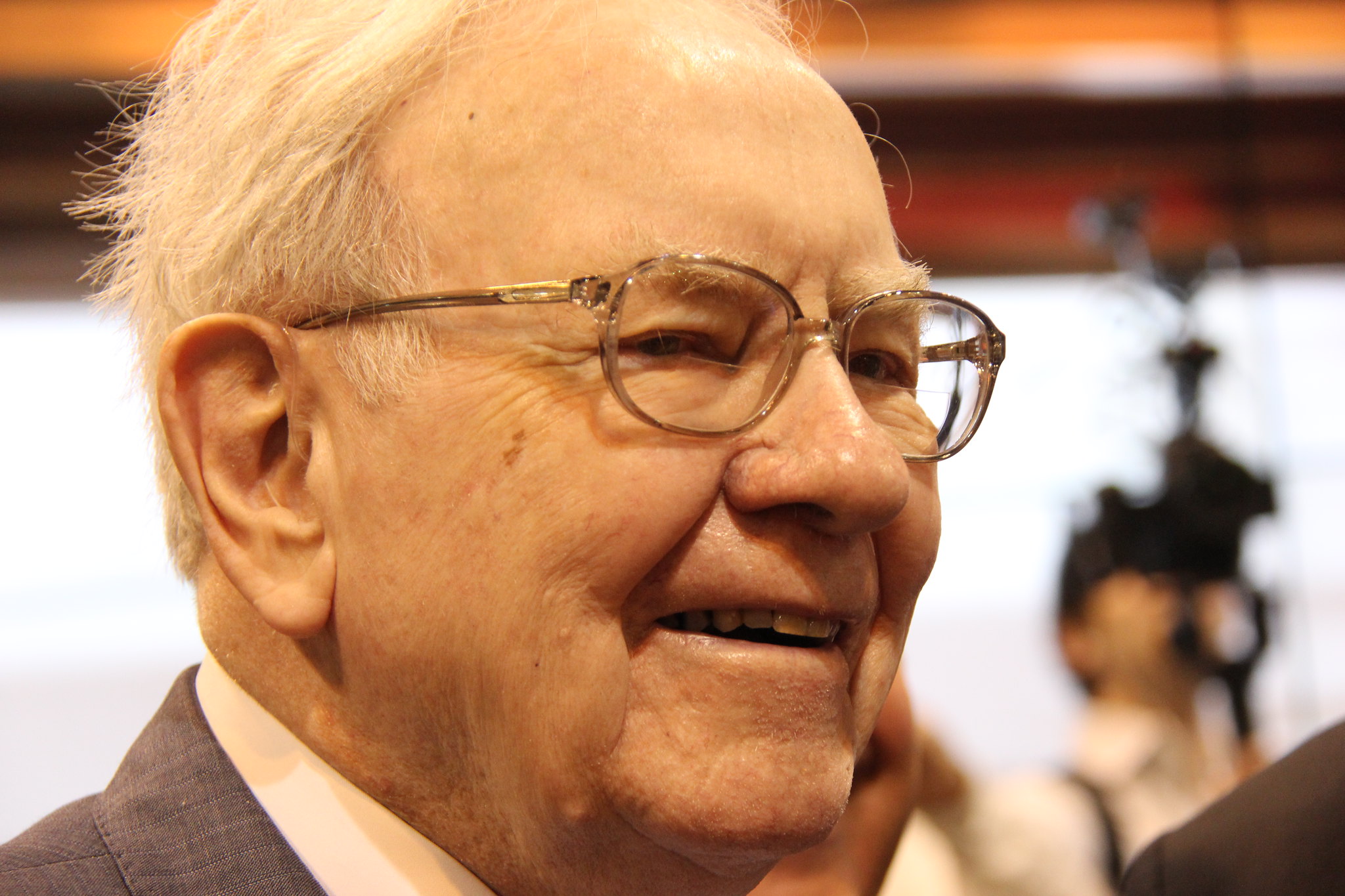In This Story
The era of double-digit growth in the stock market may be coming to an end.
Goldman Sachs (GS-0.60%) strategists led by David Kostin estimate that the S&P 500 index will deliver an annualized return of 3% over the next decade — well below the 13% returns in the last 10 years and the long-term average of 11%.
That’s also down from the investment bank’s previous projections, which put the S&P 500 index at 8% annualized total returns during the next 10 years, and falls below consensus estimates of 6% total annualized growth in the next decade.
Much of the downward revision is thanks to a high starting point going into the next decade. Because total returns have been so strong — and appear to be continuing on that trend to end 2024 — it’s typical for future return growth to appear smaller in comparison. Goldman is also accounting for a slightly more GDP contraction over the next decade.
The main drag on Goldman’s forecast, however, is due to an “extremely high level of market concentration,” particularly when it comes to the 10 largest mega-cap tech stocks, the strategists wrote. These top 10 companies, which include Apple (AAPL+0.07%), Microsoft (MSFT-0.37%), Amazon (AMZN-1.01%), Nvidia (NVDA+2.04%), Alphabet (GOOGL+0.28%), and Meta (META-0.68%), account for 36% of the overall index and are driving much of the returns. So far this year, these leading firms have returned nearly 47%, compared with 36% for the index as a whole.
“The premium valuation for the top 10 stocks is the largest since the peak of the Dot Com boom in 2000,” the strategists said.
Goldman said its forecast would be roughly 4 percentage points higher (7% instead of 3%) if the market were not so concentrated, with a baseline range of 3% to 11% instead of -1% to 7% over the next decade.
In all, there is a 72% chance that the S&P 500 underperforms Treasury bonds, and a 33% possibility that equities generate a return less than inflation.
“Taken together, these relative return forecasts suggest investors should be prepared for equity returns during the next decade that are towards the lower end of their typical performance distribution relative to bonds and inflation,” the strategists said.


